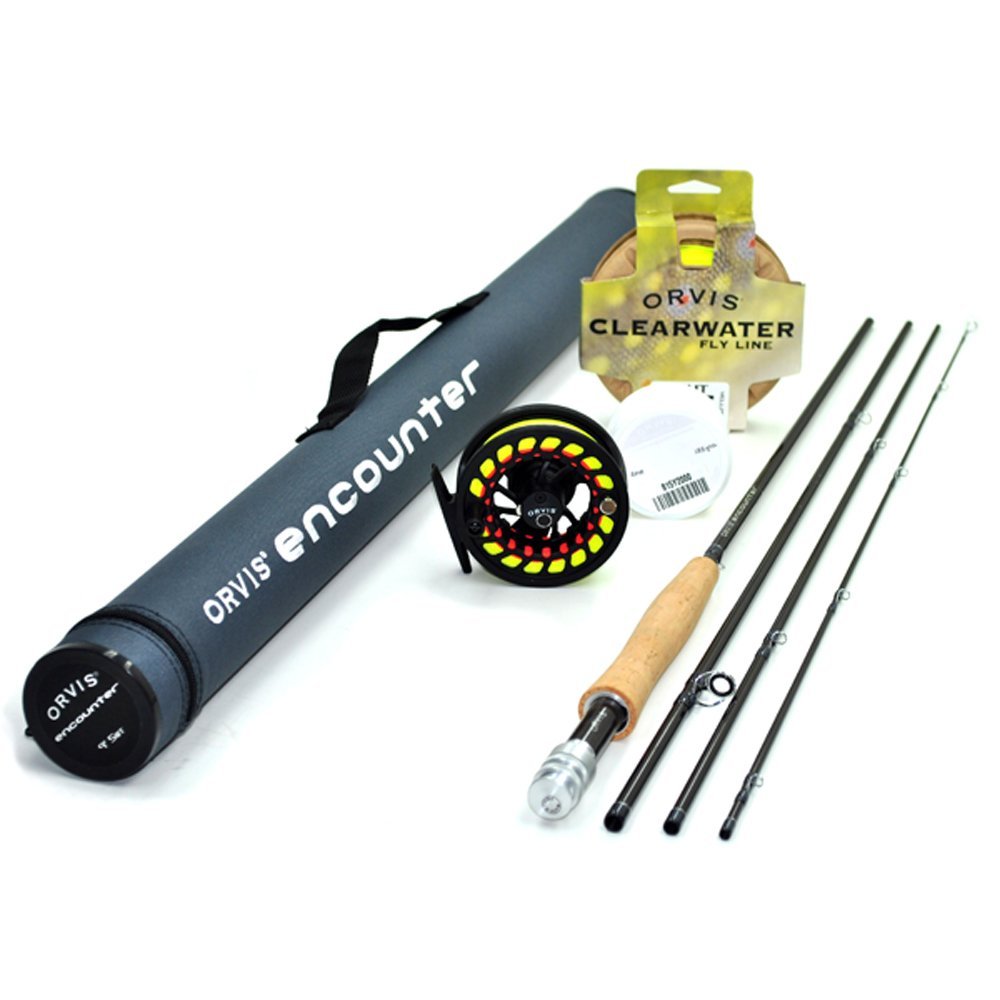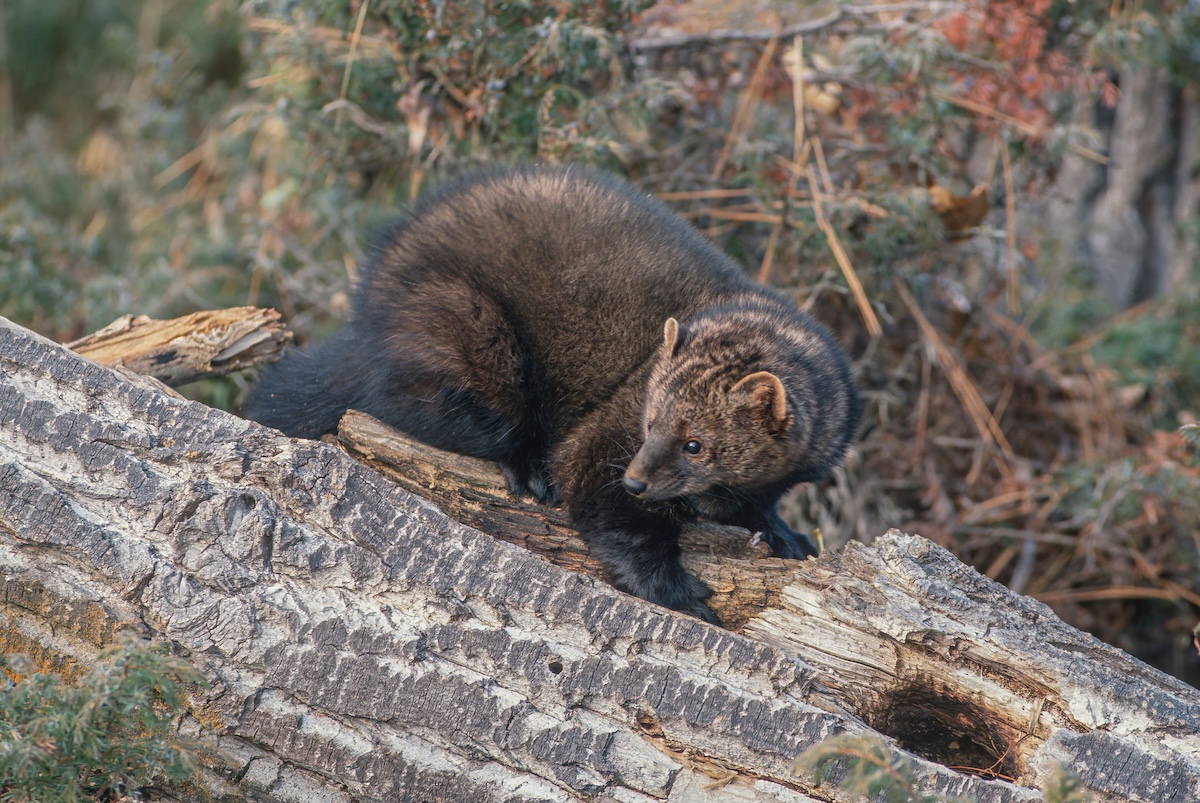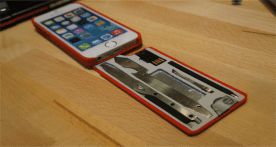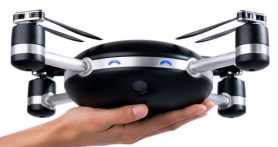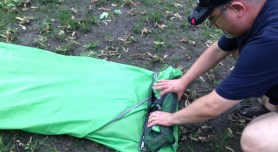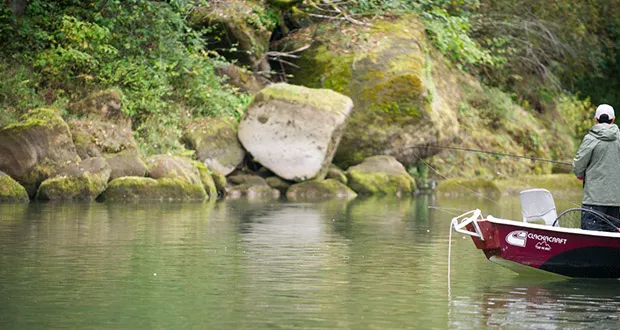

When fly fishing is mentioned, you probably have an image in your head of someone in waders standing in a glacier runoff mountain stream and tons of gear hanging from them, so much so that it might feel intimidating to try. With all that gear, where am I supposed to start? I can’t go to the mountains every time I want to go fishing…
Videos by Outdoors
Fly fishing is much simpler than whatever those hardcore adventure fishing magazines and television shows are leading you to believe. Fly fishing is another great way to get you participating in the outdoors. It’s incredibly relaxing and a fun way to fish. If you are new to fishing, there is no more fun way to catch a fish. The light tackle surface strikes will have you immediately hooked (no pun intended, happy accident). If you are an experienced reel fisherman, you don’t know what fun is until you catch a four-pound smallmouth on fly tackle.
Where to Fly Fish
You might think fly fishing only works in a scenic mountain stream. You’d be wrong. If there’s water, you can fly fish. Everything from ponds to rivers is fair game. We’ve found that, especially for beginners, a calm lake or pond is a great place to start learning to cast and getting a feel for your fly equipment.
Gear – The Seven Essentials
Below we’ve listed seven items that you’ll need for your first time fly fishing. Don’t worry. Some companies sell excellent fly fishing packages where everything listed below is included.
- Rod
- Reel
- Flies
- Tippet
- Line
- Leader
- Line Cutter
A couple of us at the office have this Orvis Encounter package. It’s great because it doesn’t break the bank and includes everything you’ll need to hit the water.
BUY NOW
$169
The Basic Fly Fishing Setup
The biggest difference between fly fishing and “regular” reel fishing gear are the sections of lines, tied together, to form the fly line. The relationship between rod, reel, line, leader, and tippet is quite simple. The reel goes on the rod. The line goes in the reel. The leader is tied to the line. The tipped is tied to the leader. The fly is tied to the tippet.
You might be wondering why there are so many sections of line (line, leader, tippet). Because the fly is so lightweight, a heavy main line is actually what allows you to cast. The main line is thicker than a traditional fishing line that you are probably used to. Thus, a leader and tippet are attached to the end, near the fly so that fish won’t see the line.
Two Knots You’ll Need to Know
The Clinch knot is used to attach the fly to the tippet. The surgeon’s knot is used to attach the leader to the main line and tippet to the leader. Both are indispensable for fly fishing, and they are super easy to learn!
Clinch Knot
- Thread the tippet material through the eye of the fly. Double it back about 6 inches. We’ll call this the tag end.
- Holding the tag end against the main tippet material, twist the fly 7-10 complete rotations.
- Take the tag end and feed it through the very first loop above the eye of the hook.
- Wet knot and pull on tag end to tighten down the coils.
Surgeon’s Knot
- Place the leader and the tippet side by side.
- Use both lines to form a loop with enough overlap to tie a double overhand knot.
- Pull both ends through the loop and then through a second time.
- Lubricate the knot and pull it tight.
- Trim the ends.

